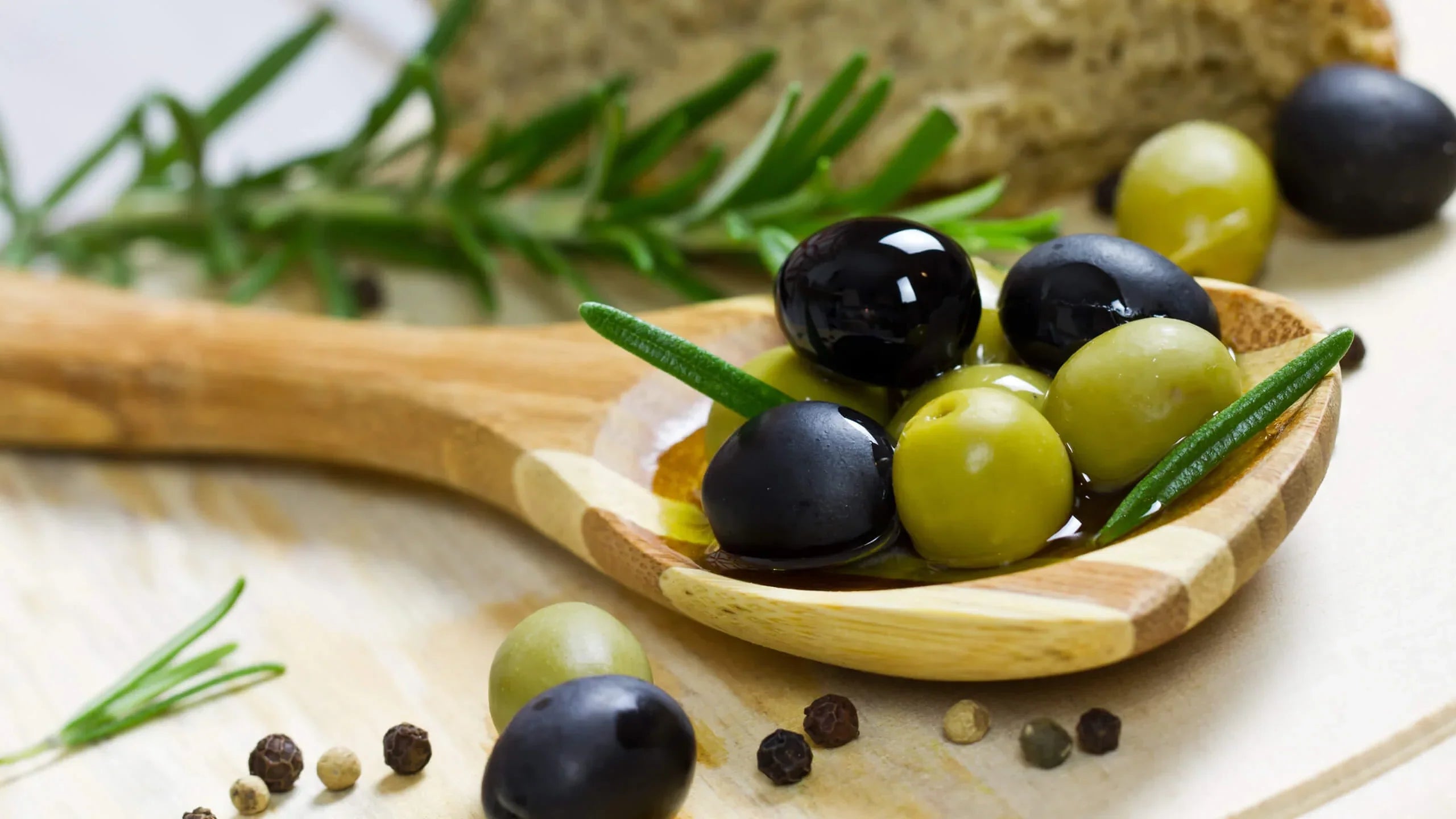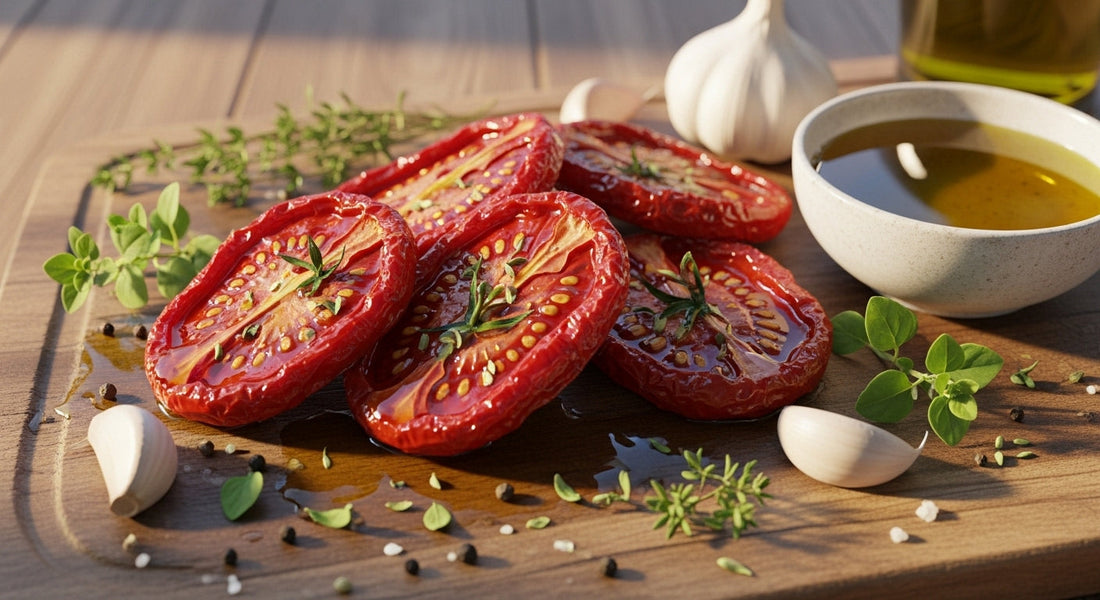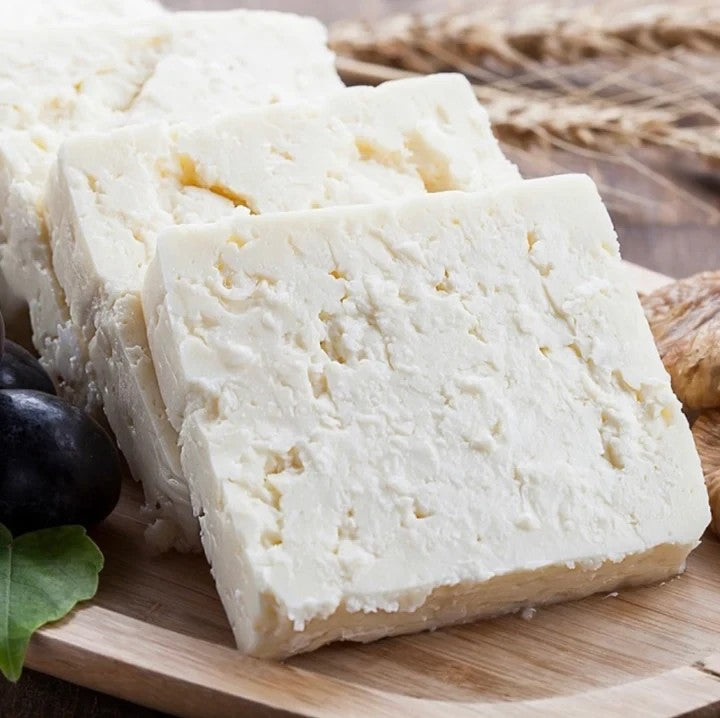Green and Black Olives Compared
Green and black olives may come from different varieties or from the same olive tree, depending on the harvest time. Green olives are harvested before they are fully ripe and then cured in brine to develop their flavor. They contain more water and less oil compared to black olives.
Green olives have a firmer texture and a fresh, slightly bitter flavor, making them a popular choice for cold appetizers and breakfast dishes.
Black olives, on the other hand, develop their color naturally during the ripening process. As they mature, their color changes gradually from green to dark brown or black. They contain less water but more oil, resulting in a softer and richer taste.
Characteristics of Black Olives
The qualities of black olives vary depending on the harvest method and variety. Popular types include Gemlik, Kalamata, and Kratz olives. Each differs in texture, size, and salt content. Some are meatier with a thinner skin, offering a smooth, aromatic flavor.
How to Recognize Natural Black Olives
You can identify naturally ripened olives by the following characteristics:
- A natural, vibrant color (not overly dark or glossy)
- A pit that separates easily from the flesh
- A soft skin and a mildly bitter yet fruity flavor
- A fresh, fruity aroma
These qualities indicate that the olives were traditionally processed without artificial additives or colorants.
How to Identify Dyed Black Olives
Dyed or artificially colored olives are often deep black throughout, including both the flesh and the pit. If dark or purplish liquid seeps out when the olive is pressed, it may indicate the presence of synthetic colorants. An unusually hard texture can also be a sign of chemical treatment.
Flavor Differences by Olive Color
The color of an olive is closely related to its stage of ripeness:
- Green Olives: Fresh, slightly bitter, and firm in texture
- Black Olives: Fully ripe, aromatic, and rich in natural oil
- Purple Olives: Often flavored (e.g., with beetroot or blueberries)
- Reddish Olives: Slightly sweeter and typically marinated or flavored
Depending on personal taste, olives can be chosen based on their color, flavor intensity, and processing method, allowing for a diverse culinary experience.






























